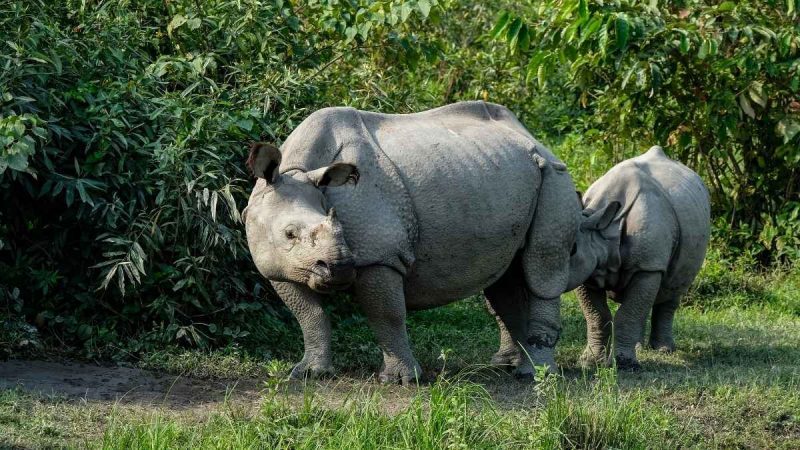The Union Cabinet has given its approval for the continuation of the Integrated Development of Wildlife Habitats (IDWH) scheme during the 15th Finance Commission cycle, allocating ₹2,602 crore towards the effort.
The Scheme For Wildlife Habitats
The Union Cabinet has approved the Integrated Development of Wildlife Habitats scheme for the 15th Finance Commission cycle, with a total budget of ₹2,602.98 crore. According to an article by Hindustan Times, the centrally sponsored scheme includes key initiatives like Project Tiger, Project Elephant, and the Development of Wildlife Habitats. The scheme aims to enhance technological interventions across various thematic areas in tiger and other wildlife habitats over the current and upcoming financial year.
The program includes components such as the conservation of endangered species, the recovery of habitats, and support for various projects that help mitigate human-wildlife conflicts. As part of the overall budget, the Centre has allocated ₹1,575 crore for Project Tiger, ₹182.58 crore for Project Elephant, and ₹845.4 crore for the Development of Wildlife Habitats. The Project Dolphin, part of the Development of Wildlife Habitat component, aims to enhance dolphin enumeration and habitat monitoring through the provision of equipment like Remotely Operated Vehicles (ROVs) and passive acoustic monitoring devices. Additionally, Project Lion, also under the Development of Wildlife Habitat, will be bolstered according to the initiatives outlined in, Lion @ 2047: A Vision for Amrut Kaal. The environment ministry noted that the Project Elephant component aims to address human-elephant conflict by utilizing information and communication technology interventions.
Also Read: UK’s First Bison Bridges Under Construction To Enhance Wildlife Conservation In Kent
Long-Term Impact
The IDWH scheme is part of India’s larger efforts to protect and conserve its wildlife. The protection of biodiversity is crucial not just for wildlife, but also for ecosystems that support human livelihoods.India’s diverse ecosystems, ranging from its forests to grasslands and wetlands, play a critical role in maintaining ecological balance and regulating the environment. Protecting these habitats is therefore essential for combating climate change.
India is home to several endangered animals, including the Bengal tiger, Asian elephant, one-horned rhinoceros, and Asiatic lion. Many of these species face threats from habitat loss, poaching, and human encroachment. Mitigating human-wildlife conflicts is another significant component of the IDWH scheme. As human settlements continue to expand, the chances of human-wildlife interactions have increased.
Through this initiative, India continues its efforts to safeguard its rich biodiversity and promote coexistence between humans and wildlife.
Cover image credits: Canva

